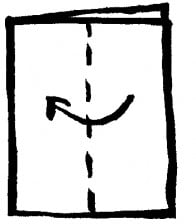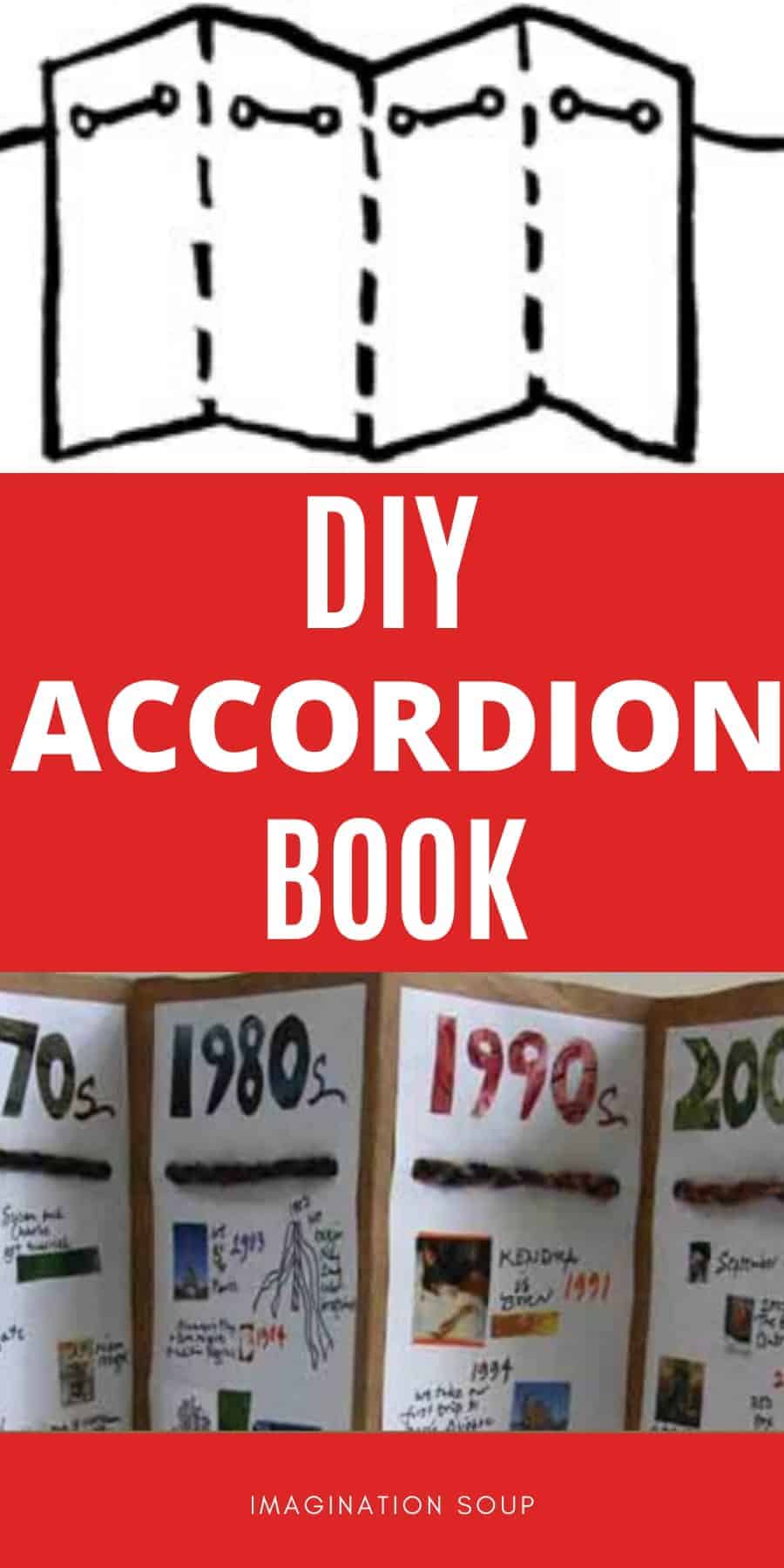Making books engages the hands, the head, and the heart. It gives us the opportunity to tell our stories and express our feelings while working together in creative community.
I’ve been making books with and about my family for over twenty years and sharing my love of the handmade book for almost as long.
Accordion Handmade Book with Recycled Materials

Here’s a project from my new book,
Handmade Books for A Healthy Planet. This accordion book was inspired by the books of the Aztecs and Mayans in Mexico and Central America. In the classroom, it can be used for history, science, or biography. At home, you can make a family timeline of four decades. Ours went from the 1970s to the 2000s and combined personal events with historical and cultural ones. We included our marriage, births and deaths, houses we lived in, politics, sports, fashion, trips, and favorite books and movies.
I like to use recycled materials and am particularly in love with the color and feel of brown paper grocery bags.
To make the book, you’ll need
* the front or back panel of a paper grocery bag (or other large rectangular paper)
* a piece of yarn (I braided mine), ribbon, or to continue with the recycled theme, old videotape, twice the length of the paper
* a hole punch.
Folding the Book:
1. Fold the paper in half. If it has writing on one side, the writing should be on the inside.

2. Take the top layer of the folded paper, flip the edge back to meet the fold, and crease.

3. Turn the paper over, flip the edge of the paper to meet the fold, and crease.

Your accordion book is folded. If you’d like to glue white or other colored panels onto the pages like I did, now is the time to do it.

Punching the Holes:
Keep the accordion book folded and hold it so that it taller than wide. About a thumb length down from the top, punch holes through all the layers on the outer sides of the folded pages.

Threading the Yarn or Ribbon:
Place your folded book so that you see the letter W when you look at it from the side. Starting at the top hole on the outside of the W, push the yarn into the hole. (I find that if I fold over the end of the yarn and insert the folded part into the hole, I don’t have to worry about the yarn unraveling.) Thread it in and out of the holes. There should be long stitches on the front and short ones on the back.
Adding the Content:
Put the decades above the timeline and fill the rest of the page with photos and drawings from your family collection and things that you find online.
 Bio:
Bio:
Susan Kapuscinski Gaylord is the author of Hands-On History: Middle Ages, Super Pop-up Reports for American History, and Multicultural Books to Make and Share, all from Scholastic Professional Books. She is the founder of makingbooks.com which inspires educators, librarians, and parents to make books with children through web content, ebooks, and youtube tutorials.
Melissa’s Note: Susan, thank you so much for sharing this beautiful book project! We always love new ideas – and that said, I think everyone must go buy a copy of one of your books. My copy is on it’s way right now and I can’t wait to get it!

Want more DIY Book Ideas?
Lear to Make a Twig Handmade Book

Summer Learning Journal
Learn to Make a Paperclip Handmade Book






 Bio:
Bio:










Hi – would you mind if I used your photograph of your memory board for a dementia program I am doing at our history center?
yes, you may use it.
Excellent idea !!!! Thanks!
I love this book for timelines! I need to figure out a way to make a smaller on that could fit in the social studies notebooks and then fold out, but withou getting crunched when they open and close it. Maybe a pocket? If I made each page a century, they could add dates as we go along. Thanks!
Love this idea! I am going to use this in my social studies teaching for when we talk about communities and their history! Thanks!